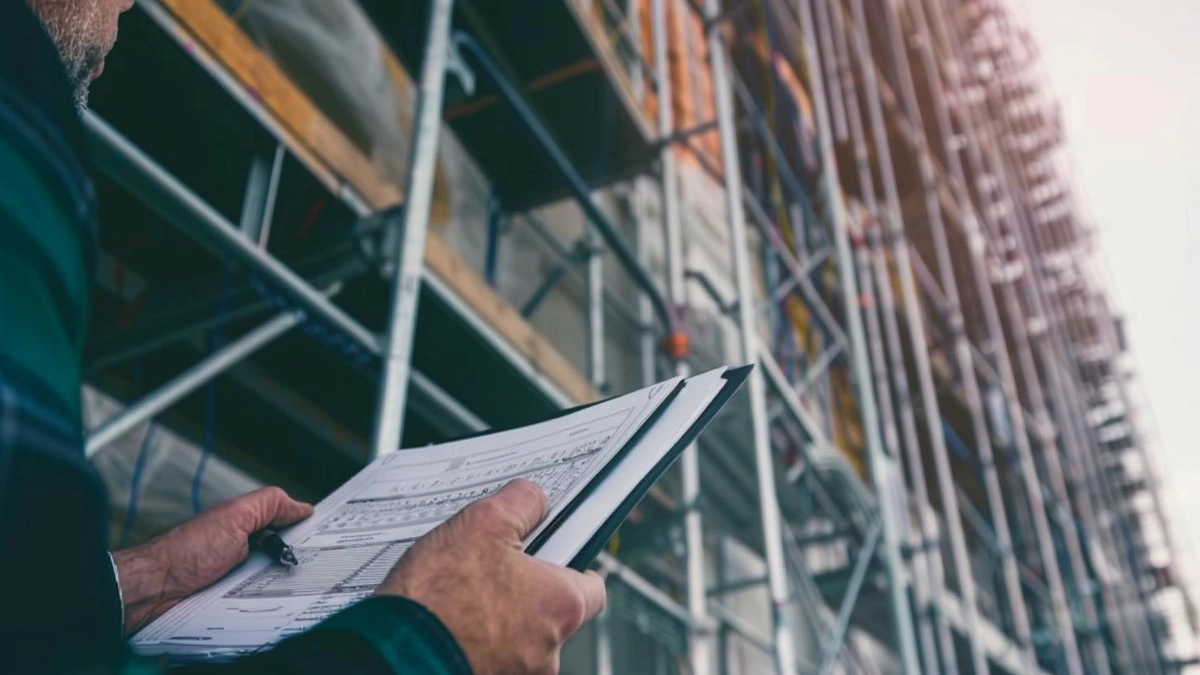Madrid Real Estate Market Insights and Trends 2024

The Madrid real estate market is currently one of the most dynamic and rapidly evolving markets in Europe. In this article, we will delve into the latest trends shaping the market, the forces driving these changes, and what this means for investors, buyers, and the broader community. Our analysis draws from a comprehensive examination of the most authoritative sources on the subject, synthesized to provide a unified and insightful perspective.
Current Trends in the Madrid Real Estate Market
Rising House Prices
The Madrid housing market is experiencing a significant rise in prices, leading the trend among European cities. According to recent data, house prices in Madrid have surged by 10.6% year-on-year. This sharp increase is largely attributed to several underlying factors that we will explore further.
The great demand for properties in Madrid is underpinned by international interest, solidifying its status as a prime investment hub. This elevation in property prices is not just a short-term trend but a result of cumulative factors, driven predominantly by the influx of Latin American capital coupled with an ever-present regional demand.
Drivers of Price Increases
One of the primary drivers of this price surge is the influx of money from Latin America. Investors from these regions are increasingly viewing real estate in Madrid as a secure and profitable investment. Furthermore, the modern amenities, vibrant culture, and favorable climate of Madrid make it an attractive destination for both living and investment. The competitive returns on investment and the relative stability of the Spanish economy also act as magnets drawing Latin American capital to Madrid.
Seasoned investors from Latin America, countries like Brazil, Mexico, and Argentina, are redirecting their focus towards Madrid. This strategic move is due to the volatile political climate and economic uncertainties present in their home countries. Madrid is perceived as a safe haven where their investments can not only yield high returns but also retain their value over time.
Housing Shortages
A fundamental issue exacerbating the price rise is the shortage of housing stock. Over the past year, Madrid's housing stock has decreased by 11%, creating a substantial supply-demand imbalance. This shortage is compounded by the slow pace of new constructions, although there was a 14.5% increase in new builds in the first quarter of the year compared to the previous three months. Despite this modest rise, the rate of new construction is not sufficient to meet the high demand.
The reasons behind this shortage are multifaceted. Bureaucratic delays, stringent zoning laws, and escalating construction costs are all contributing factors. The limited availability of land within the city also restricts expansive developments, further tightening the supply. Developers and builders are now facing the dilemma of balancing the high costs of construction with the potentially unsustainable price points for new housing units.
Regional Comparisons
The situation in Madrid contrasts sharply with other major European cities. For example, while Madrid saw a remarkable price rise, Paris experienced a 7.5% decrease in property prices. These regional disparities highlight the unique factors at play in Madrid's property market, distinguishing it from trends seen elsewhere in Europe.
The divergence between Madrid and Paris is intriguing. In Paris, factors such as stringent rent control measures, tax policies deterring speculative investments, and the socioeconomic impact of the COVID-19 pandemic have collectively contributed to the downturn in property prices. Conversely, Madrid's proactive stance in attracting foreign investments, combined with an effective real estate ecosystem, positions it favorably against other cities grappling with subdued investor confidence.
Implications for Investors and Buyers

Opportunities for Investment
The ongoing rise in property prices in Madrid presents both challenges and opportunities for investors. On one hand, the increasing prices may pose affordability issues. On the other hand, the robust demand driven by the cosmopolitan appeal of the city and the entry of international investors makes it a lucrative point for investment.
International Investments
With the growing interest from Latin American investors, Madrid is becoming a melting pot for international capital. This trend is expected to continue, as foreign investors are drawn to the stability and growth potential of the Madrid real estate market. Furthermore, the Spanish government's policies encouraging foreign investments and the favorable taxation landscape are significant pull factors.
The diversification of the investor base in Madrid is not limited to Latin Americans. There's a noticeable uptick in interest from Middle Eastern and Asian investors as well, with many viewing Madrid as an entry point into the European market. These trends symbolize the global confidence in the Madrid property market's long-term stability and profitability.
Market Dynamics
The imbalance between supply and demand is a crucial factor shaping the Madrid property market. Despite the slight increase in new constructions, the market is still unable to meet the high demand, leading to persistent price rises. Real estate experts believe that unless there are significant changes in the supply of housing stock, this trend will continue in the foreseeable future.
This supply-demand gap is further being widened by the evolving demographic trends in Madrid. The influx of young professionals, expatriates, and returning Spanish nationals from abroad is adding layers to the demand equation. This demography, with its preference for urban living and modern amenities, is redefining the demand metrics and influencing price trends significantly.
Looking Ahead: Future Projections

Continued Growth Expected
Given the current trends and underlying factors, the Madrid real estate market is poised for continued growth. The factors that have contributed to the current market dynamics—international investment, housing shortages, and high demand—are likely to persist, supporting ongoing price increases.
Experts forecast a sustained upward trajectory in property prices, underpinned by stable economic growth, consistent foreign investment influx, and a thriving job market. These indicators collectively suggest a beneficial outlook for investors seeking long-term gains. Madrid, with its blend of cultural richness, economic vitality, and strategic location, is expected to remain a favored destination on the real estate investment radar.
Impact of Housing Policies
Future government policies aimed at increasing housing stock or controlling the influx of foreign investments could influence these trends. However, until such measures are implemented, the current conditions of the market are expected to remain intact.
Any policy interventions, such as incentives for accelerating building permits, subsidizing construction costs, or introducing regulations to control speculative buying, could significantly alter the market dynamics. Nevertheless, the complexities involved in policymaking and implementation timelines mean these changes will be gradual rather than immediate.
Key Areas to Watch
Notable areas such as Carabanchel are attracting high demand due to their burgeoning cultural appeal, which in turn is spurring further developments and increasing prices in these neighborhoods. Monitoring such key areas will provide indicators of broader market trends.
Other regions, including Malasaña and Lavapiés, notorious for their vibrant arts scene and culinary diversity, are also witnessing an influx of buyers and investors. The gentrification of these neighborhoods and subsequent rise in property values mirror the larger trends in the Madrid property market.
Conclusion
The Madrid real estate market is currently characterized by rapid price increases driven by high demand and significant investments from Latin America. The persistent supply-demand imbalance further accentuates these trends, positioning Madrid as one of the most robust property markets in Europe. For investors, this presents both challenges and opportunities, with the key to success lying in navigating the unique dynamics of this market.
Given the evolving landscape, it is crucial for stakeholders to stay informed about market trends and potential policy changes. For more detailed insights and personalized advice, feel free to contact Veiranda at +34611881055.
"The Madrid housing market is experiencing a significant rise in prices, leading the trend among European cities."